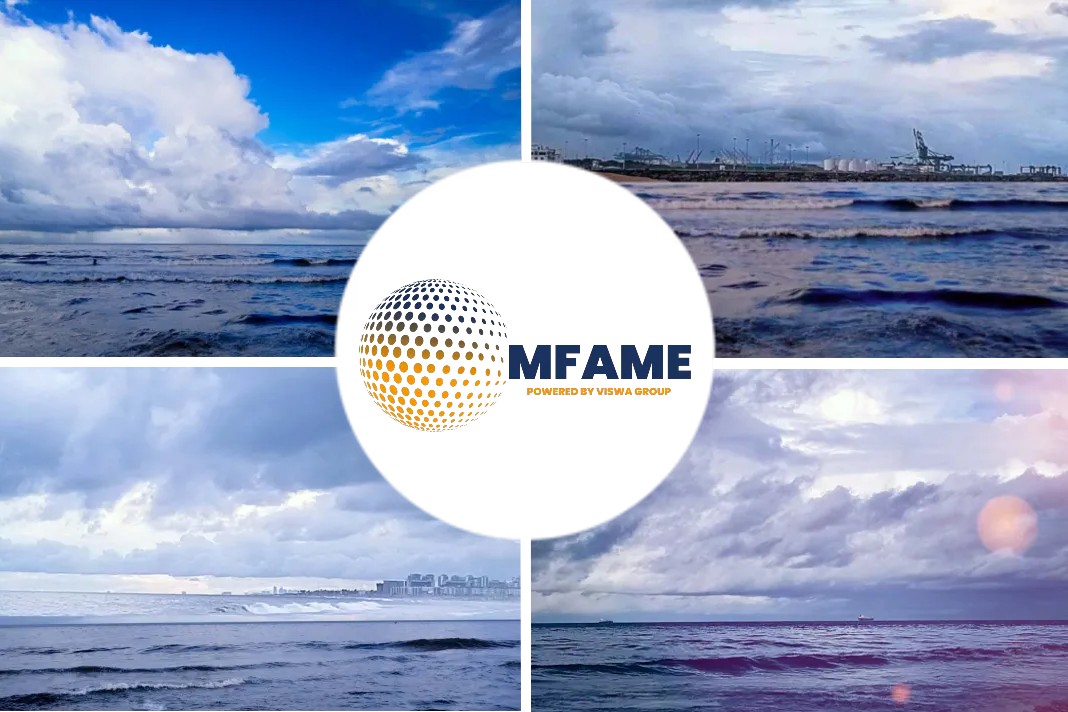- Ammonia, a molecule comprising one nitrogen and three hydrogen atoms, has been nurturing mankind as a fertilizer for many decades as a source of nitrogen.
- It was not until very recently that it was tasked with a new mission from its hydrogen portion as a carbon-free energy carrier.
- Ammonia has been identified as a promising alternative fuel to decarbonize the maritime industry.
A recent news article published in the Maritime Executive states that Ammonia – An Emerging Bunker Fuel to Fertilize the Energy Transition.
Maritime industry’s interest in ammonia
Noting the maritime industry’s interest in ammonia, the Maritime Energy and Sustainable Development (MESD) Centre of Excellence at Nanyang Technological University, Singapore, has taken a serious look into the potential of ammonia as a cleaner energy source since 2018. MESD recently concluded a study together with research partners ABS (American Bureau of Shipping) and ASTI (Ammonia Safety & Training Institute) on ammonia bunkering, covering multiple considerations in the Singapore context. The project was sponsored by Singapore Maritime Institute (SMI).
Anhydrous ammonia is a gas under ambient conditions. It must be liquified to achieve higher volumetric density by compression, refrigeration or both. The ammonia bunkering process will be designed based on the principle that it is handled as a saturated liquid. The phase change of ammonia from liquid to gas, and vice versa, happens when heat or pressure is added or withdrawn. This will require additional operational steps and energy during the bunkering process.
All possible bunkering configurations
The project team has studied all possible bunkering configurations and categorized them into truck-to-ship, ship-to-ship, shore pipeline-to-ship, as well as cassette bunkering. A significant value-add from the project is an ammonia bunkering concept that addresses the transfer of ammonia liquid stored at FR (full refrigerated), SR (semi-refrigerated) and NR (non-refrigerated) conditions. It is also highlighted that the lack of ammonia bunkering standards covering the aspects of bunker quality and quantity is one of the major gaps to fill for maritime stakeholders.
Besides public perception, the main barriers to adopting ammonia in the maritime industry include concerns about its toxicity, lack of crew’s familiarity and expertise in handling. However, extensive knowledge can be drawn from the fertilizer, refrigerant and chemical industries, where ammonia has been managed and transported worldwide for decades with well-established processes and regulations in place.
The ammonia bunkering process is somewhat similar to ammonia handling as a commodity cargo, but the key differences include the quantity of ammonia transferred, tank types and capacity, operating mode and frequency. This leads to a unique set of safety issues that need to be addressed. At various acute exposure guideline levels, ammonia can cause harmful effects to humans ranging from transient (30 ppmv), irreversible (160 ppmv), to life-threatening or death (1100 ppmv).
A comprehensive study of ammonia release
MESD has completed a comprehensive study of ammonia release and dispersion. This opens the way for MESD to further improve the ammonia bunkering process and develop mitigation measures to ensure that any damage caused by accidental ammonia release can be kept to a minimum. The more profound effect of ammonia released in water, soil and air will be addressed in the future study, which is essential to prepare the public and the authorities ahead of the upcoming ammonia era.
Dr. Ming Liu is a Research Lead, Ms. Mengyao Yang and Ms. Clara Kay Leng Ng are research associates in the Maritime Energy and Sustainable Development Centre of Excellence, Nanyang Technological University.
Did you subscribe to our newsletter?
It’s free! Click here to subscribe!
Source: Maritime Executive



















